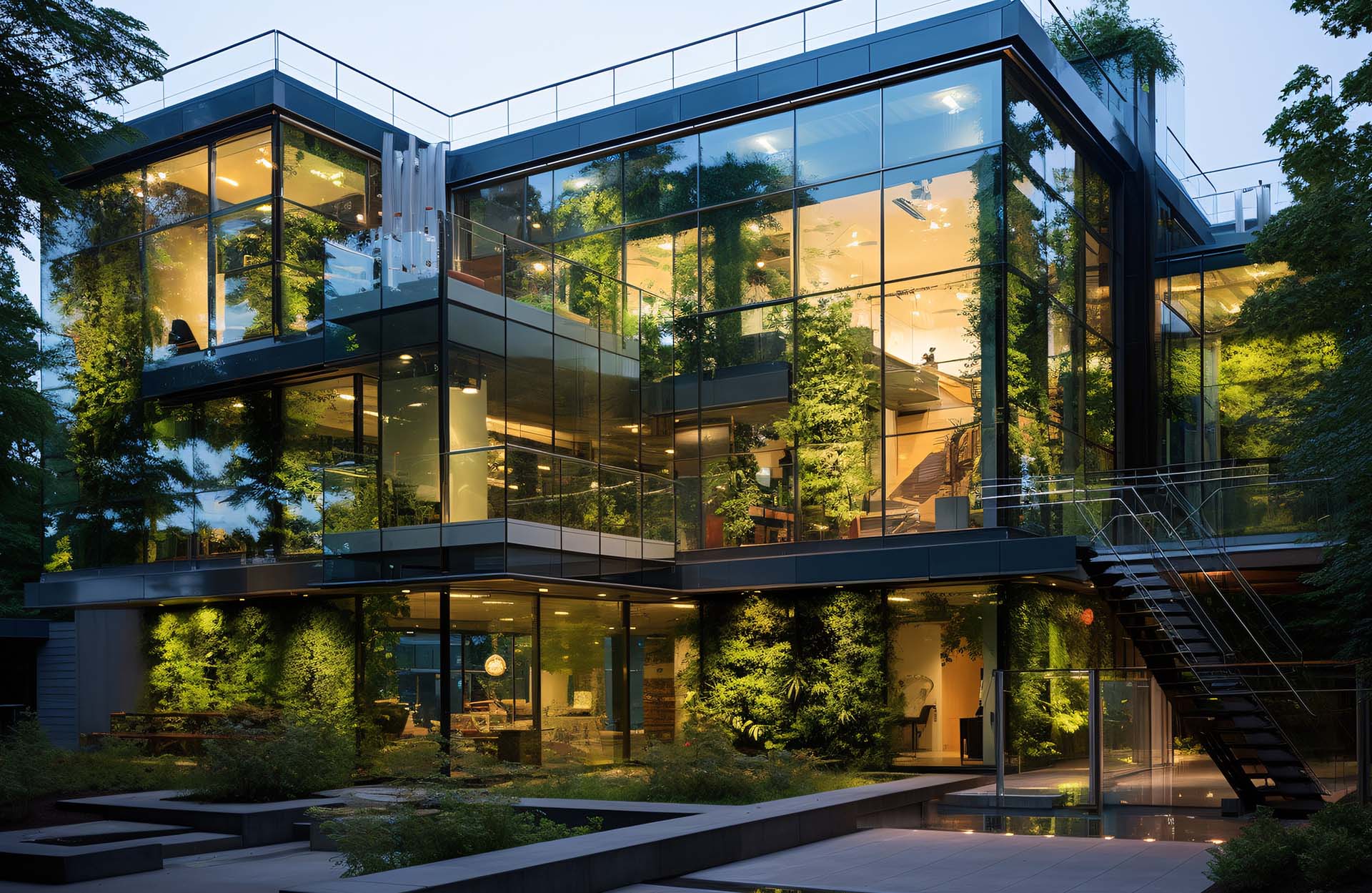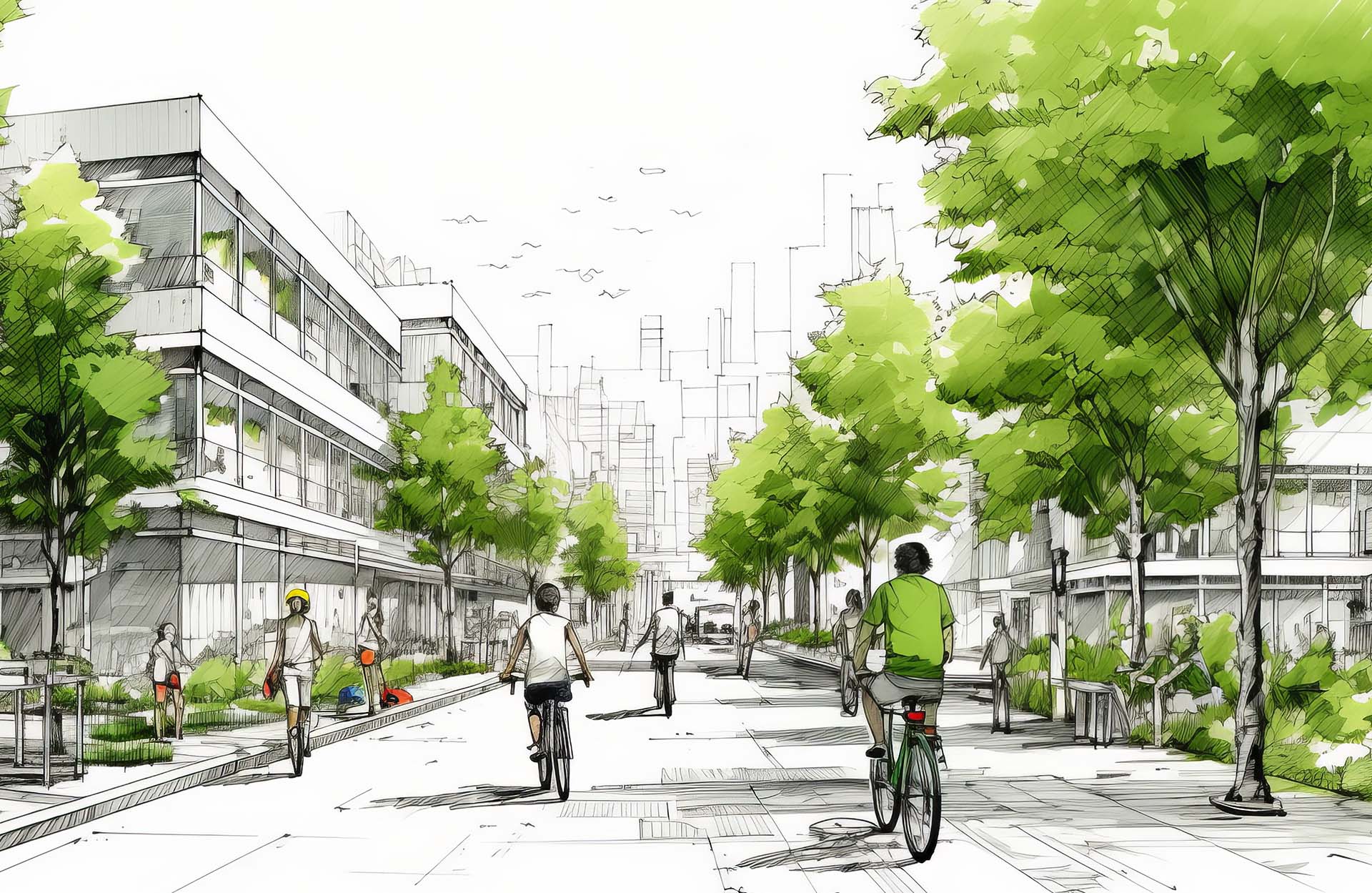Who would have believed it? Section J has now been around for 10 years. Section J was introduced on the 1st of May 2006, however it had a 6 month implementation delay so it technically came into force in November 2006.
Even by January 2007 very few people seemed to know about it. We even wrote to the then Federal Environment Minister, Malcolm Turnbull in the lead up to the 2007 elections for information about Section J that we could share with our newsletter readers. But no reply!
Looking back over our newsletter we find one dated September 2007 asking the question “why is Section J such a big secret”.
Almost a year later we heard from one Council (who shall remain nameless) where the planner said that their Council was exempt from Section J. Really?
In spite of this, Section J has been plugging away and has had some really good effects.
The main benefit has been to improve the standard of the typical commercial building thermal envelope. This means walls are better insulated and glazing has an improved thermal standard. With this in mind, it means a more comfortable building, lower heating and cooling costs, and lower carbon emission. The great thing about better thermal envelopes is that they stay with the building for the life of the building. They don’t wear out and they continue to make savings.
The first Section J edition had relatively modest requirements for insulation and glazing. However, in 2010 they were substantially increased.
The next major change to Section J is expected in 2019. Quoting from the Australian Building Codes Board…
Under Measure 31 of Council of Australian Government’s National Energy Productivity Plan (NEPP), the ABCB has been requested to consider changes to the energy efficiency provisions for NCC 2019. For commercial buildings (Class 3 and 5 to 9 buildings), consideration is to be given to an economically feasible stringency increase and other improvements to facilitate greater compliance.




